bulbs
rafor
13 years ago
Related Stories

GARDENING GUIDES6 Unsung Bulbs for Fall Planting
Don't hang up your spade after summer — plant these unusual bulbs in fall for a spectacular spring show
Full Story
HOUSEPLANTSHow to Force Amaryllis Bulbs Indoors
Enjoy vibrant red blossoms even as gardens turn snowy white, by teaching this hardy repeat performer to ignore the calendar
Full Story
HOME TECHHere's a Bright Idea: Smart Bulbs for Better Lighting
Lightbulbs that can change brightness and color with a cell phone command show flashes of design brilliance
Full Story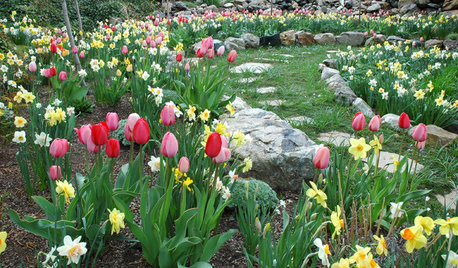
GARDENING GUIDESGardening With Kids: How to Plant Bulbs
You don't need expertise to get flowering bulbs in the ground in fall — but kids will feel like gardening pros come spring
Full Story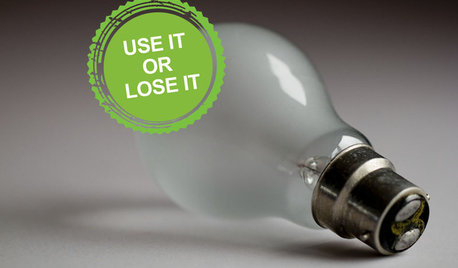
DECORATING GUIDESLose It: How to Get Rid of Old Light Bulbs
When the light goes out, you'll want to get rid of the bulb safely. Here's how
Full Story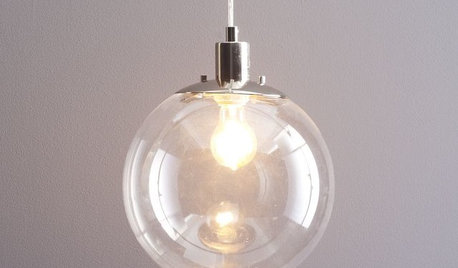
LIGHTINGGuest Picks: Exposed Bulb Lighting
Celebrate the filament bulb with 20 stylish lighting options
Full Story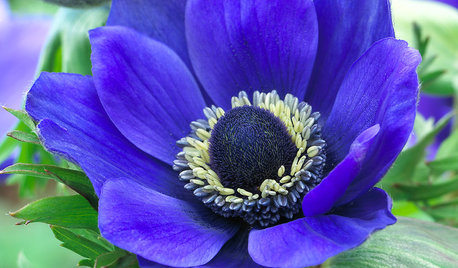
FALL GARDENING6 Splendid Blue-Flowering Bulbs
How do you blue? With colors from sky to cobalt, these bulbs will greet you merrily in a spring garden
Full Story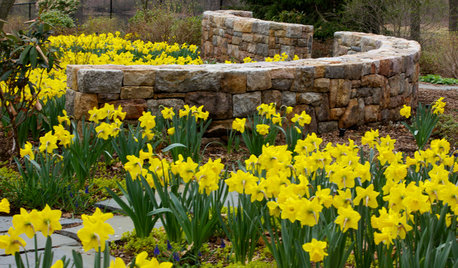
GARDENING GUIDES10 Beautiful Ways to Landscape With Bulbs
Planting bulbs wisely in fall can turn a spring garden glorious with joyful colors and profuse blooms that last through summer
Full Story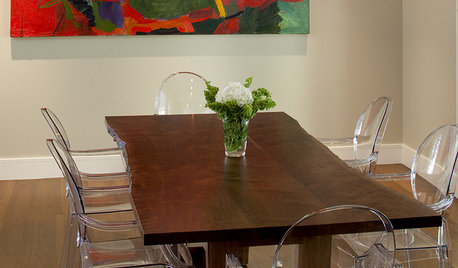
LIGHTINGAntique Chic: Edison Bulbs
Industrial-Style Filament Bulbs Reinvent Lighting (Again)
Full Story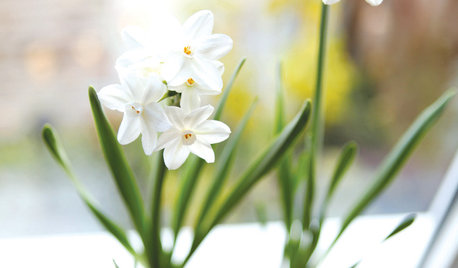
DIY PROJECTSHoliday DIY: Mason Jar Forced Bulbs and Evergreen Gift Tags
Learn how to make these winter projects from the book ‘Garden Made’ by Stephanie Rose
Full Story






NHBabs z4b-5a NH
mad_gallica (z5 Eastern NY)
Related Professionals
Bridgetown Landscape Architects & Landscape Designers · Barrington Hills Landscape Architects & Landscape Designers · Mitchellville Landscape Architects & Landscape Designers · Clermont Landscape Contractors · Desert Hot Springs Landscape Contractors · Dixon Landscape Contractors · Lees Summit Landscape Contractors · Newberg Landscape Contractors · Spring Landscape Contractors · Vashon Landscape Contractors · Wayland Landscape Contractors · Fort Pierce Decks, Patios & Outdoor Enclosures · Lancaster Decks, Patios & Outdoor Enclosures · Natick Decks, Patios & Outdoor Enclosures · Windsor Decks, Patios & Outdoor EnclosuresraforOriginal Author
pixie_lou